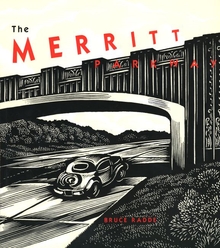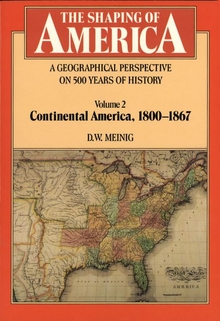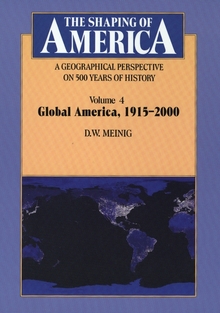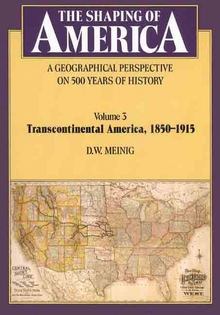The Shaping of America
WARNING
You are viewing an older version of the Yalebooks website. Please visit out new website with more updated information and a better user experience: https://www.yalebooks.com
A Geographical Perspective on 500 Years of History, Volume 1: Atlantic America 1492-1800
D. W. Meinig
Out of Print
"The Shaping of America will stand for generations as a research and publishing milestone. Its scope is simply breathtaking. . . . There can be no doubt about the superb and sustained scholarship exhibited by The Shaping of America. It is a truly astonishing achievement. . . . Meinig's project is simply stunning in its ambition as well as outstanding in its achievement. Its scope and its completion mark it as one of the most remarkable products of North American geography during the twentieth century."—Alan R.H. Baker, Journal of Historical Geography
"One of modern geography's most substantial achievements. . . . The project, taken as a whole and at face value, evokes the same sort of awe as (and many of the superlatives used to describe) the Grand Canyon. . . . The resulting volumes are notable feats of condensation, integration and interpretation. Each rests upon prodigious reading and the intelligent assimilation of arguments new and old advanced by scholars from a number of disciplines. In every volume, indeed it is no exaggeration to say on every page of every volume, Meinig writes with skill and care. . . . There can be no doubt that it is a remarkable achievement, one of the great accomplishments of twentieth century American geography. Meinig can only be admired for the scope of this ambitious project and the consummate skill and dogged resolve with which he brought it to fruition. He has painted a coherent and often compelling picture on a canvas far larger than most geographers have thought to address and which hardly any seem likely to engage in the future."—Graeme Wynn, Journal of Historical Geography
Publication Date: March 11, 1986
87 b/w illus.









